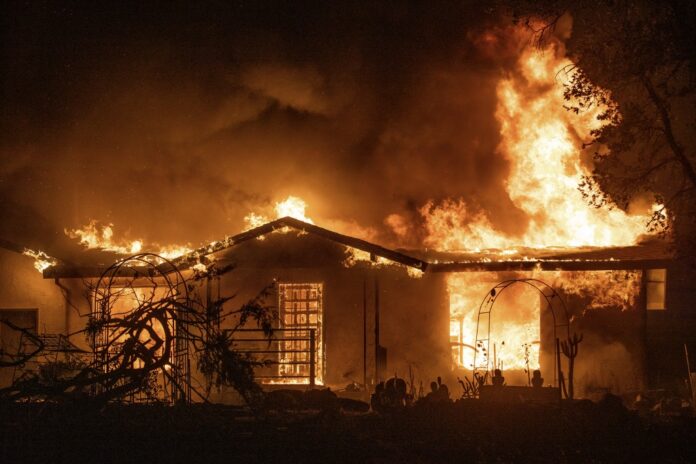Insurance regulators across the nation are dealing with the impacts of climate change-intensified natural disasters on consumers and communities.
As California’s Insurance Commissioner for the past four years, I have met with thousands of people across the state recovering from devastating wildfires and catastrophic floods to hear firsthand what is needed to craft meaningful solutions.
Historically, insurance companies have paused and restarted business in California for a variety of reasons. State Farm and Allstate are maintaining their current property policyholders while still writing auto insurance. Yet the news coverage is breathless – so much so that not a word is uttered when these same companies return to writing new customers.
Allstate informed the Department last year that it paused new business in California in some lines, which industry trade press reported last November.
This comes after Allstate had quadrupled their homeowners’ footprint in California throughout 2021 and had expanded to all the state’s zip codes under my leadership, after several years of not writing any new homeowners’ business in the state.
Instead of blame, we must focus on the root causes of our situation in California and across the nation.
As State Farm itself said, its decision temporarily pausing new homeowners’ business in our state was driven by its catastrophic exposure, rising reinsurance costs affecting the entire industry, and global inflation. Data bears this out: State Farm’s market share in California increased sharply following major wildfires in 2017, covering more than 1/5 of the state’s overall homeowners’ market.
The company didn’t say “climate change.” It didn’t need to. Hotter, drier summers and large winter storms are colliding with overgrown forests and extreme wind-driven wildfires putting more people and property in harm’s way.
State spending on wildfire risk mitigation has grown by billions in recent years. New fire prevention appropriations over the past three years include fire prevention grants to communities for fuels reduction, financial assistance for home hardening, prescribed fire projects, and forest management.
This funding is a critical step toward reducing risk overall and is part of keeping California’s insurance marketplace strong for consumers.
In fact, more than 115 companies in California provide homeowners insurance following the same regulations as State Farm. The Department of Insurance ensures fair and justified rates based on data provided by insurers in their filings.
Under our rules, our experts on rate regulation closely scrutinize insurers’ pricing strategies to prevent unjustifiably high rates and make sure consumers are not paying more than their fair share for their coverage. That will not change.
It’s up to insurers to decide when to ask for rate changes and how often. And they must also do their part to reward consumers’ wildfire safety actions that significantly reduce risk.
California’s Department of Insurance is leading the nation on these efforts, partnering with all firefighting expert organizations in the state to find solutions. Insurance companies – including State Farm – took an active part in these conversations. They were ultimately not opposed to my new first-in-the-nation “Safer from Wildfires” regulations and are now working to comply to them because they know safer communities are the way forward to a sustainable property insurance market.
We need strong insurance markets and strong consumer protections to help residents withstand the climate risk we all face.
Addressing the effects of climate change takes everyone, and the best way to achieve solutions is to make clear where you stand. For me, it’s with creating safer communities in the face of climate change.
Ricardo Lara is the California Insurance Commissioner.


































